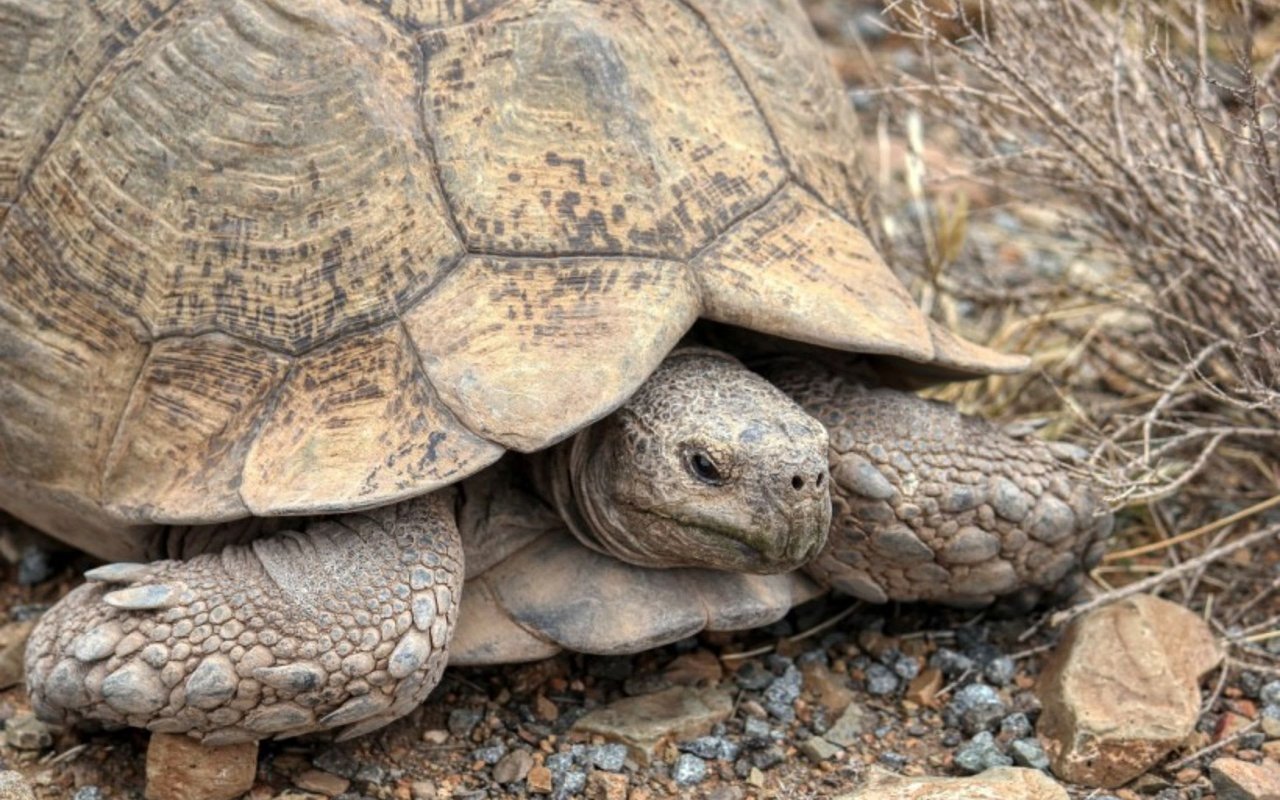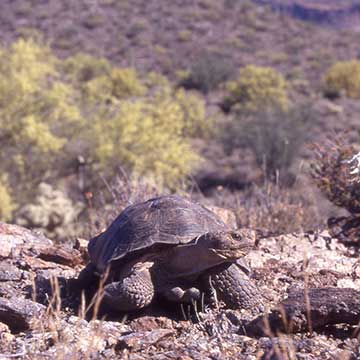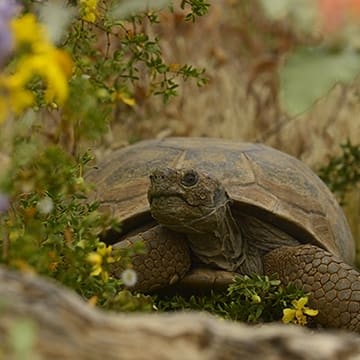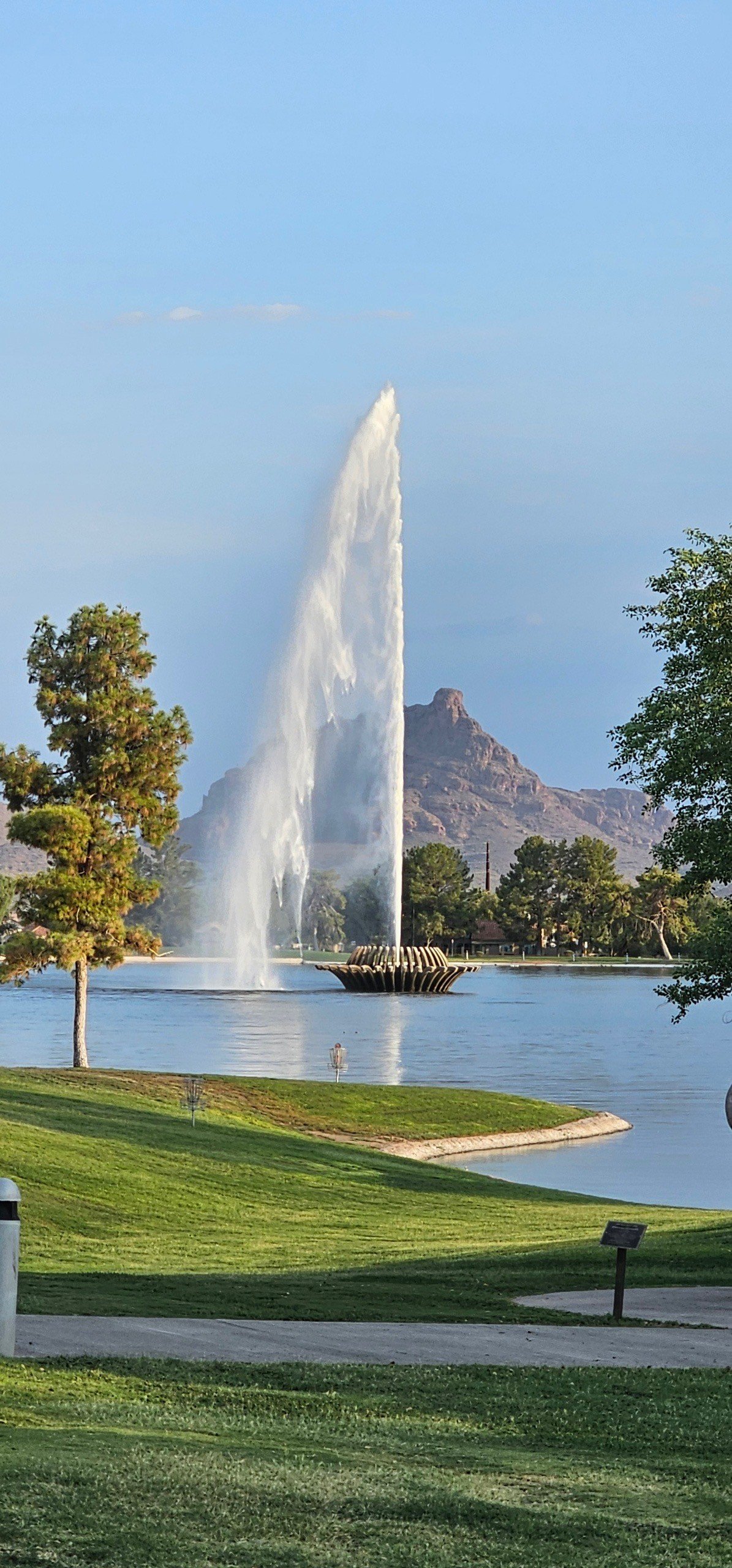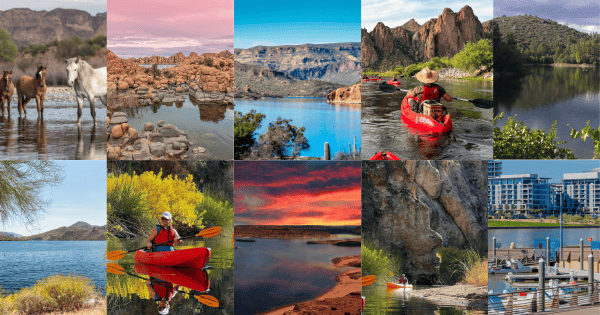They’re not fluffy, they don’t play fetch and they certainly don’t roll over. But there is such a thing as a lap tortoise.
Each year the Arizona Game and Fish Department adopts out hundreds of captive desert tortoises that are surrendered to the department. These tortoises cannot be released back into the wild because captive tortoises can transmit diseases that can decimate our wild population. Desert tortoises are nontraditional pets, but are fascinating animals and families can gain an appreciation of desert wildlife by caring for a tortoise and watching its natural behavior.
What’s more, pet tortoises can wag their tails, will plod on up to greet you and some can even recognize their own names. The surprising warmth of this ancient cold-blooded creature has made them popular pets for families with pet dander allergies and for retirees.
In Arizona, the state runs a
captive desert tortoise adoption program. The adoption is free but requires an application, including photos and a diagram of the tortoise’s new home. You can spend hours setting up their habitat in our backyard, digging out rocks, fashioning a burrow, and planting tortoise-friendly flowers.
Building the habitat takes time. But the tortoise itself is a pretty low-maintenance pet.
Tortoises sleep through the winter, a process known as brumation in the reptile world. They need a cozy den to keep them safe and warm. In the wild, they dig it themselves. Human-made burrows can be built out of large PVC pipes, plastic garbage cans or some cinderblocks with WonderBoard as the roof.
Tips to care for tortoises
Caring for tortoises in Arizona requires providing them with appropriate shelter, nutrition, and environmental conditions. Here are some general guidelines to help you care for your tortoise:
- Habitat: Create an outdoor enclosure for your tortoise that offers plenty of space for them to roam and burrow. The enclosure should have secure walls and a top to prevent escapes and protect them from predators. Ensure that it has both sunny and shaded areas to provide a range of temperatures. Use natural substrates such as soil, sand, or a mixture of both.
- Temperature: Tortoises require a warm environment to thrive. In Arizona, the natural heat can be beneficial, but you should also provide a cooler area for them to retreat when needed. Use natural shade or create shelters using rocks or wooden structures. Ensure that the temperature gradient in their enclosure allows them to regulate their body temperature.
- Diet: Feed your tortoise a balanced diet consisting mainly of grasses, weeds, and leafy greens. Offer a variety of vegetables such as dandelion greens, collard greens, and kale. Additionally, provide calcium-rich foods like calcium supplements and cuttlebone to promote healthy shell growth. Avoid feeding them high-protein and high-fat foods, as these can lead to health issues.
- Water: Tortoises need access to fresh, clean water at all times. Provide a shallow water dish that they can easily access and soak in. Ensure that the water is not too deep, as tortoises are not strong swimmers. Soaking also helps with hydration and shell health.
- Veterinary Care: Find a reptile-savvy veterinarian who can provide regular check-ups and care for your tortoise. Regular vet visits will help monitor their health, detect any potential issues early on, and provide appropriate treatment if needed.
Remember, these guidelines are general, and different species of tortoises may have specific care requirements. It’s essential to research the specific needs of your tortoise species and consult with a reptile expert or veterinarian for personalized advice.
